Meet Kid Captain Adam Arp
Adam’s parents discovered when he was still in utero that Adam would be born with several birth defects and chronic conditions, including spina bifida, hydrocephalus (fluid on the brain), Chiari malformation (brain tissue extending into the spinal cord), and many others.
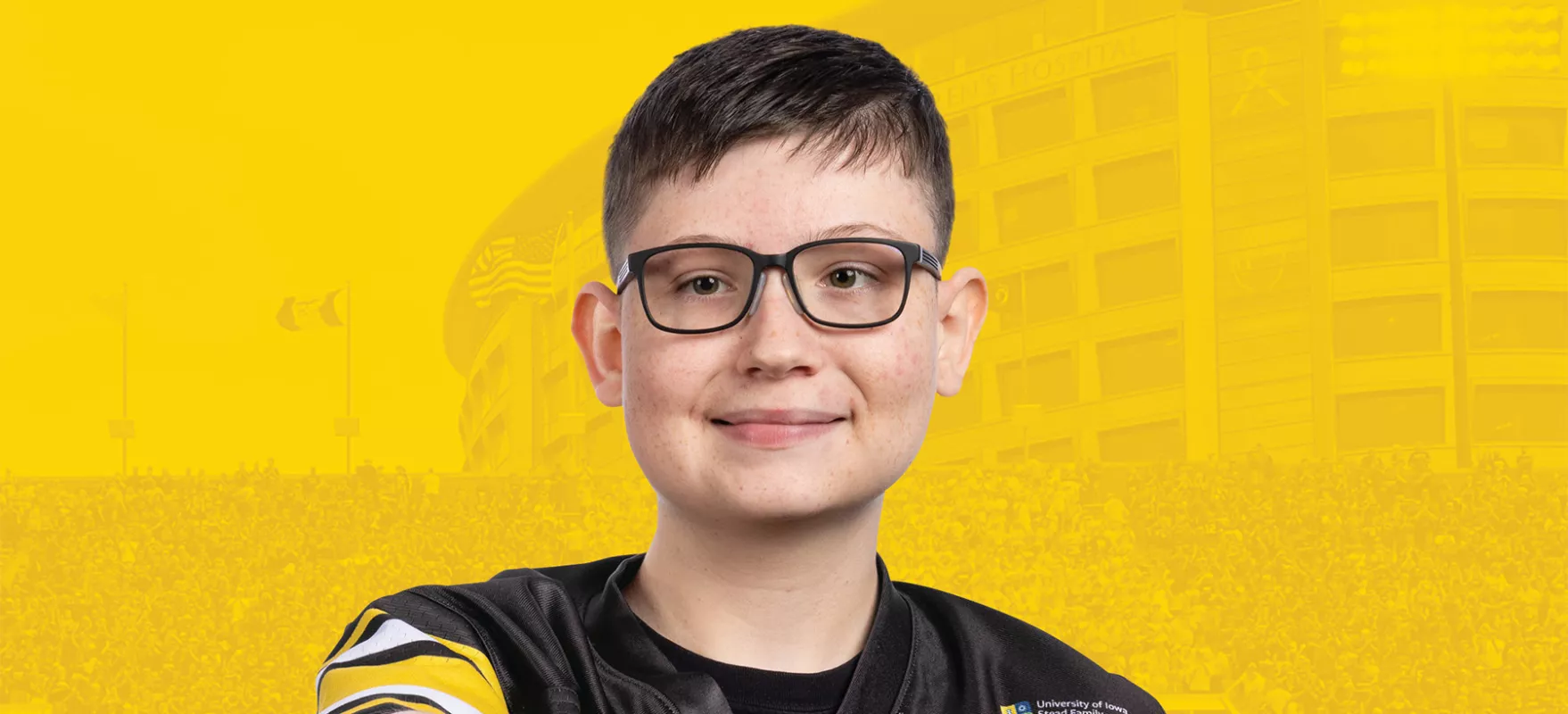
Adam Arp has spent his whole life under the care of University of Iowa Stead Family Children’s Hospital as he contends with spina bifida and other serious conditions, receiving treatment from internationally renowned doctors and gaining a memorable nickname in the process.
“You don't realize what's happening at the time,” his mother, Trina Haasis-Arp says, recalling her 20-week ultrasound, when irregularities were detected. “It wasn't until we got to the U and did the amniocentesis… that we found out he only had one kidney and he obviously had myelomeningocele (spina bifida) and hydrocephalus.”
Spina bifida is a birth defect that occurs when the spine and spinal cord don't form properly. At just 9 hours old, neurosurgeons performed an all-night surgery to close his spinal defect and place a reservoir for hydrocephalus, a buildup of fluids in the brain.
“Spending two weeks as in-patient, we were preparing to go home, when the spinal fluid started collecting on Adam's back above the surgery site, instead of in his brain,” Trina remembers. “Adam went to surgery again at 14 days old to connect the shunt, and filter through a tube into his abdomen. After 28 days, Adam was released to heal at home in Williamsburg.”
He returned around 3 months old to be treated by renowned doctors Ignacio Ponseti and Jose Morcuende for clubfoot, a condition in which the feet are rotated inwards and downwards.
“He had a wooden rocking chair in the casting room,” Trina says of the late Ponseti, who created the Ponseti Method, a nonsurgical means of correcting clubfoot that is now used around the world. “They're putting these heavy casts on and the babies would cry. Dr. Ponseti just had this sweet gentleness to him. He would just sit in the rocking chair with them.”
He recovered in a hip spica cast – a body cast from the ankles to the chest – for three months.
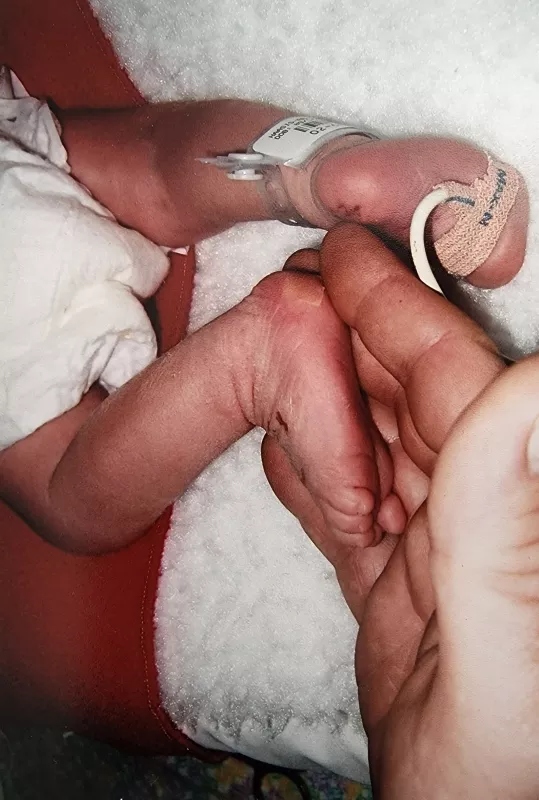
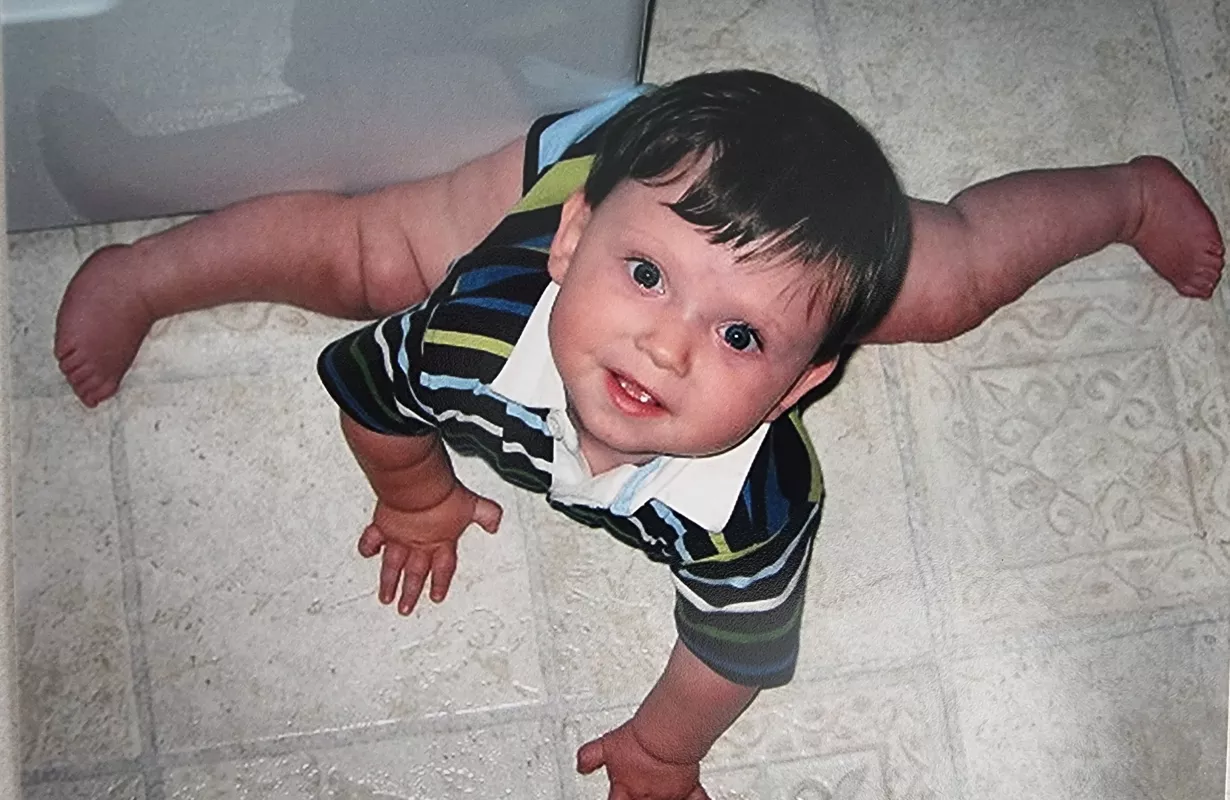
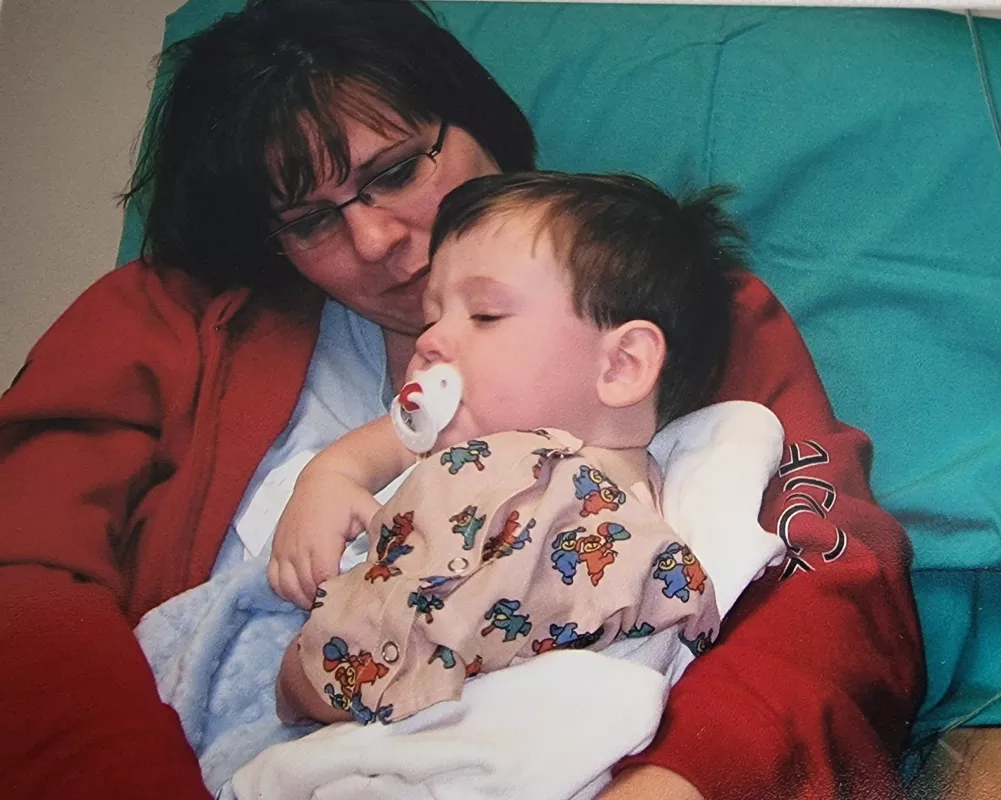
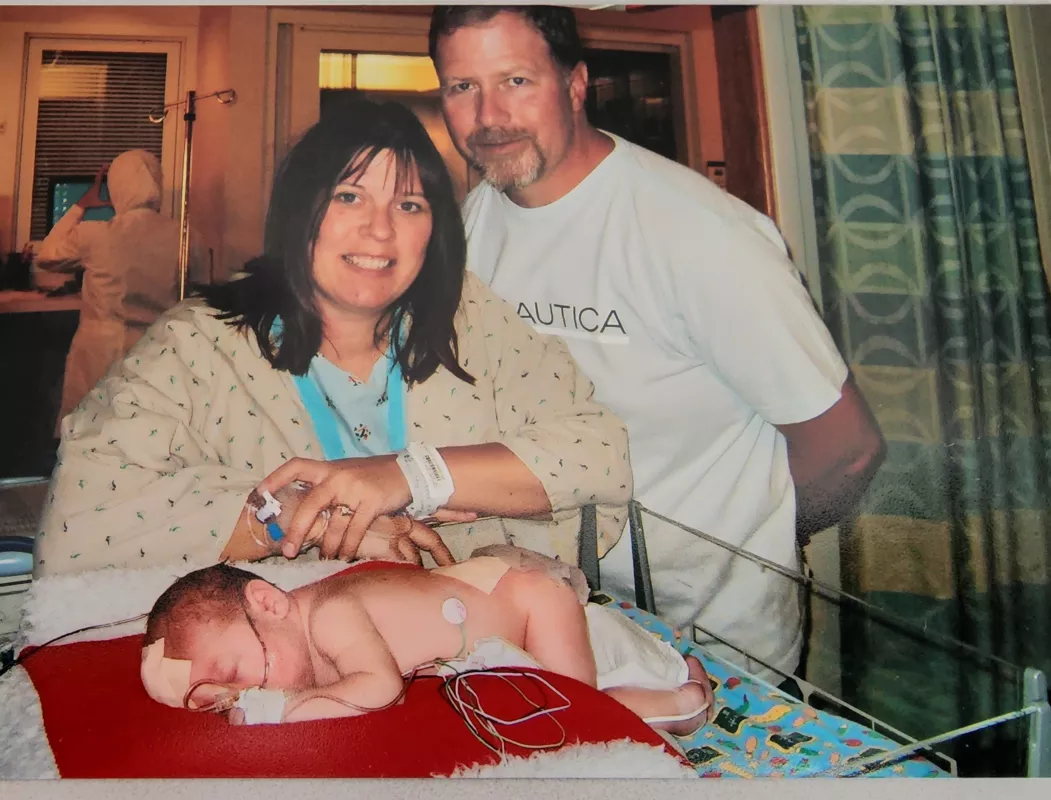
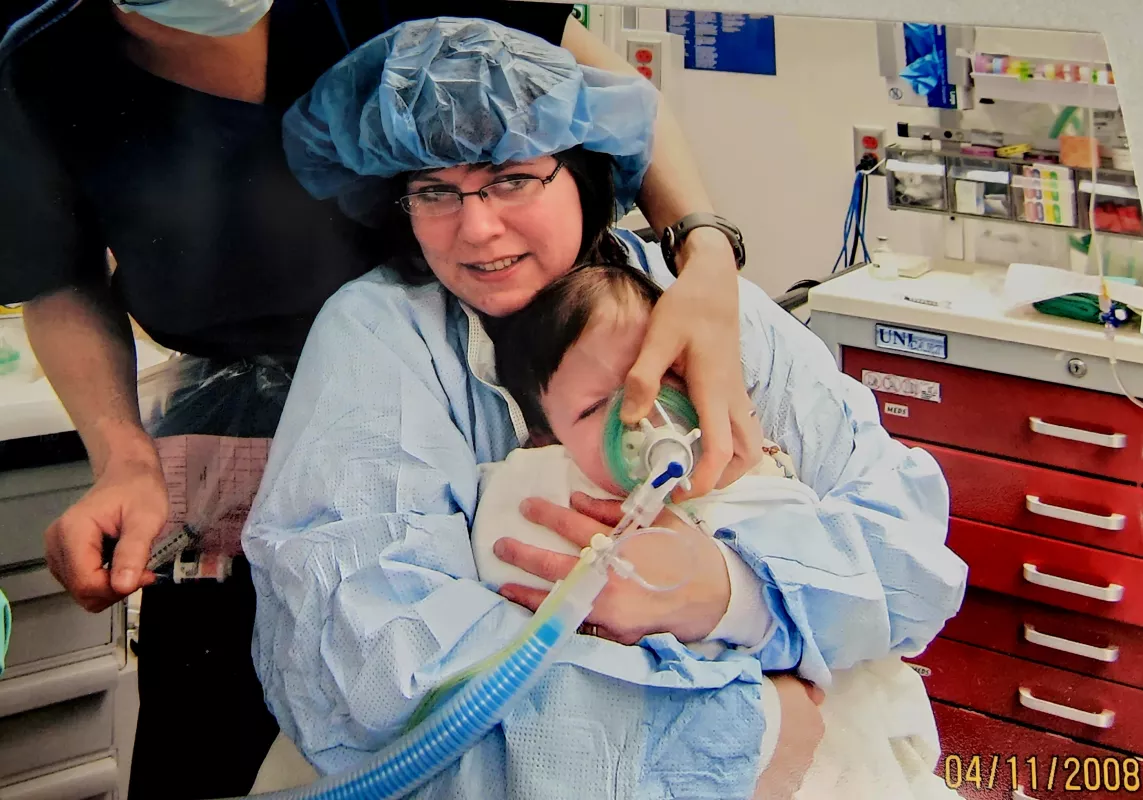
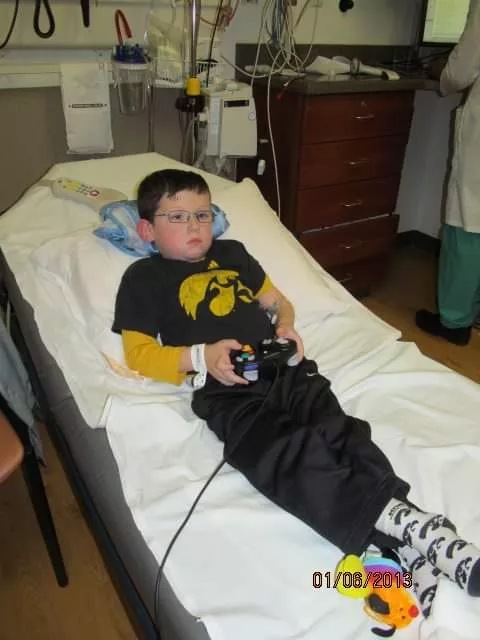
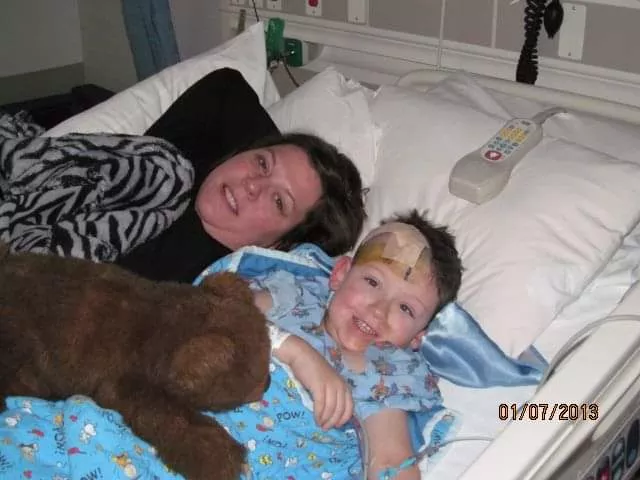
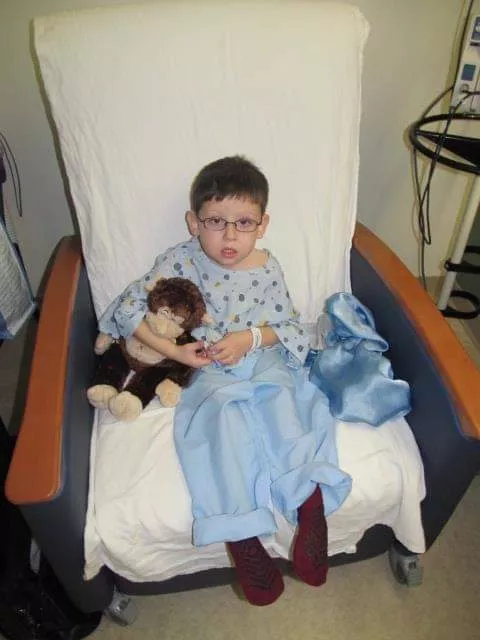
“Adam learned how to crawl around in that cast,” Trina recalls.
Adam's feet and legs were put in castings weekly, and after the castings, he wore bracing day and night. Adam also had urology surgery and surgeries for hip subluxation, a painful condition in which the hip joint is partially dislocated.
An orthopedics nurse gave Adam his nickname.
“Maria always called him the Arpster when he rolled in,” Trina says. “When he was 12… he was reading his medical MyChart account on a computer screen (and asked) ‘Why does it say ‘baby boy’?’ They were like, ‘Oh, that was from way back in your chart. You can have it say whatever you want.’ So he rolled right out to the check-in gal and said, ‘I need to change my name.’ Now MyChart says The Arpster. All of our mail from the University comes to The Arpster, and even though it is for another appointment or even a bill, you just stop and laugh at the memory.”
Adam has connected to other members of his care team over the years, as well.
“Most of them, they all feel like family members, we see them so often,” Trina says, citing 11 different specialty departments seen annually. He has had about 430 clinic visits, 14 trips to the emergency department, 144 medical procedures, and 14 surgeries, including emergency surgery to replace his shunt in February.
Around age 10, he started developing anxiety. “Needles are a phobia,” Trina says, adding that he was helped through pain psychology appointments.
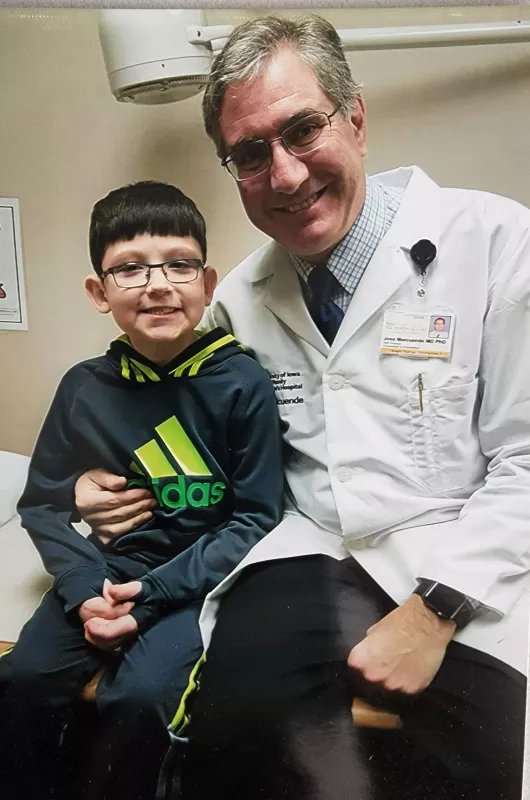
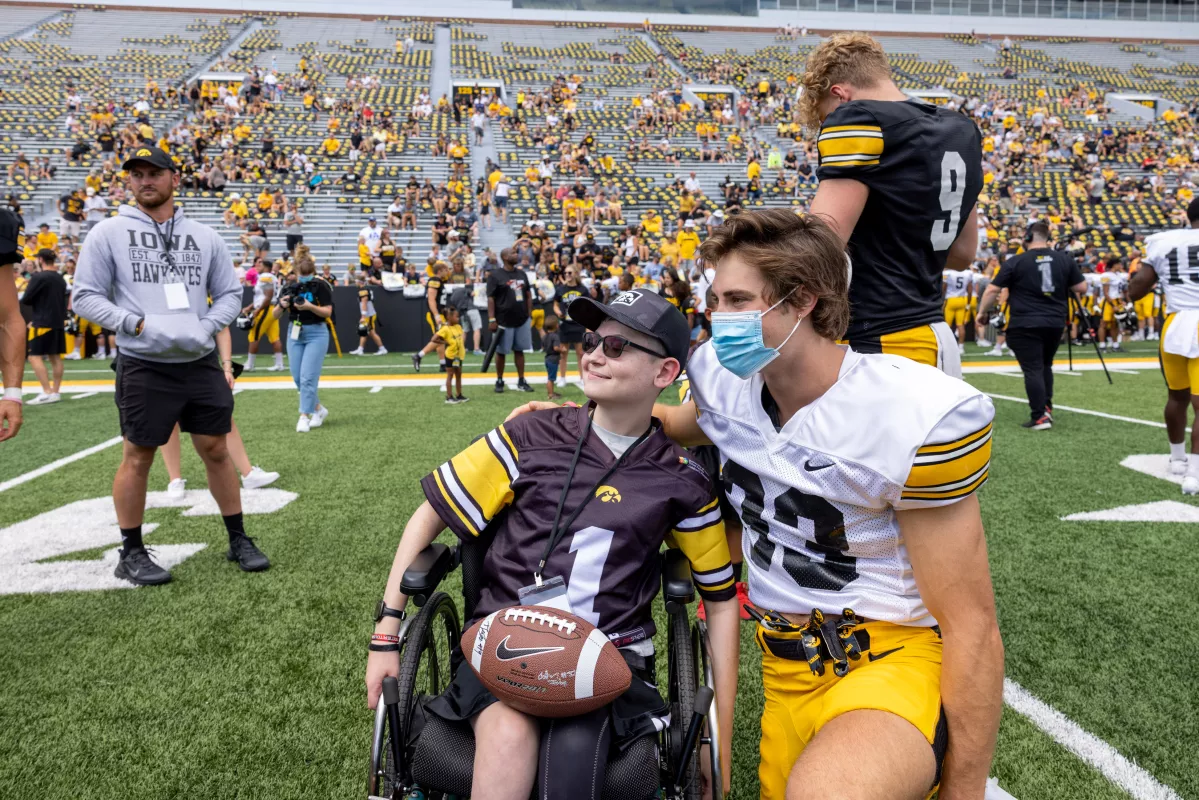
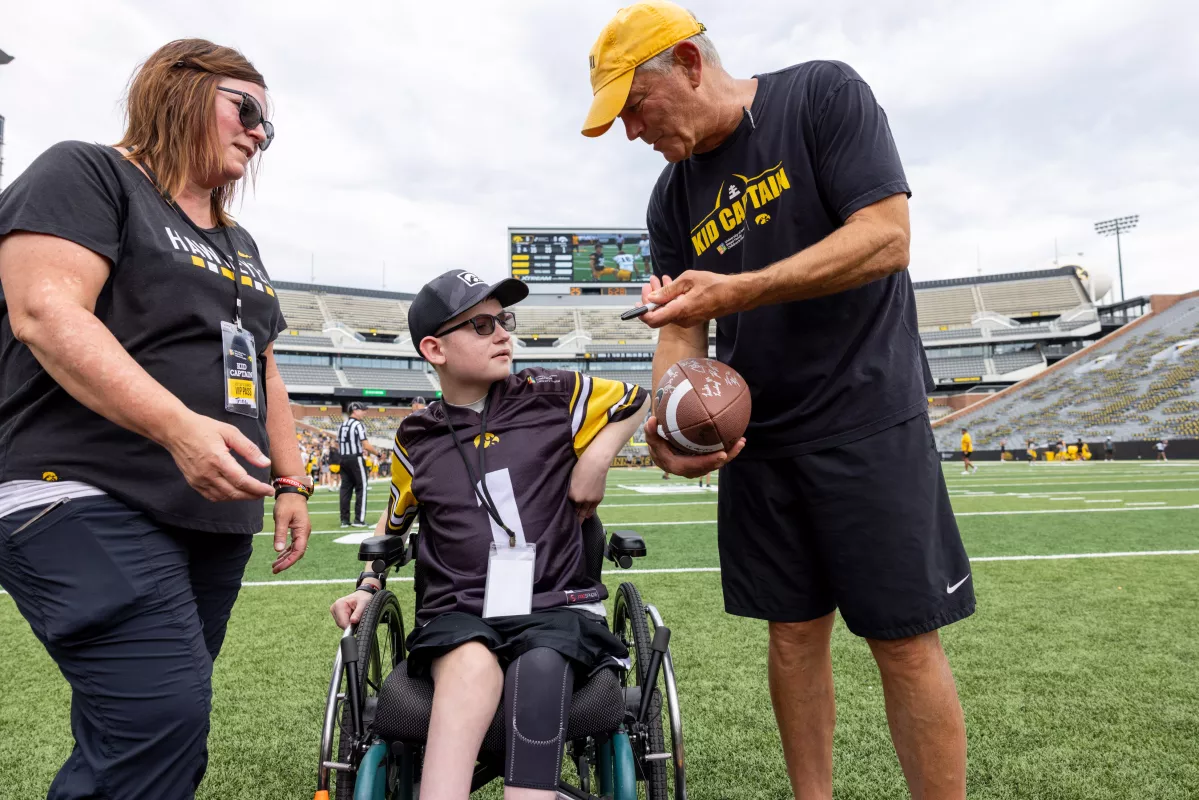
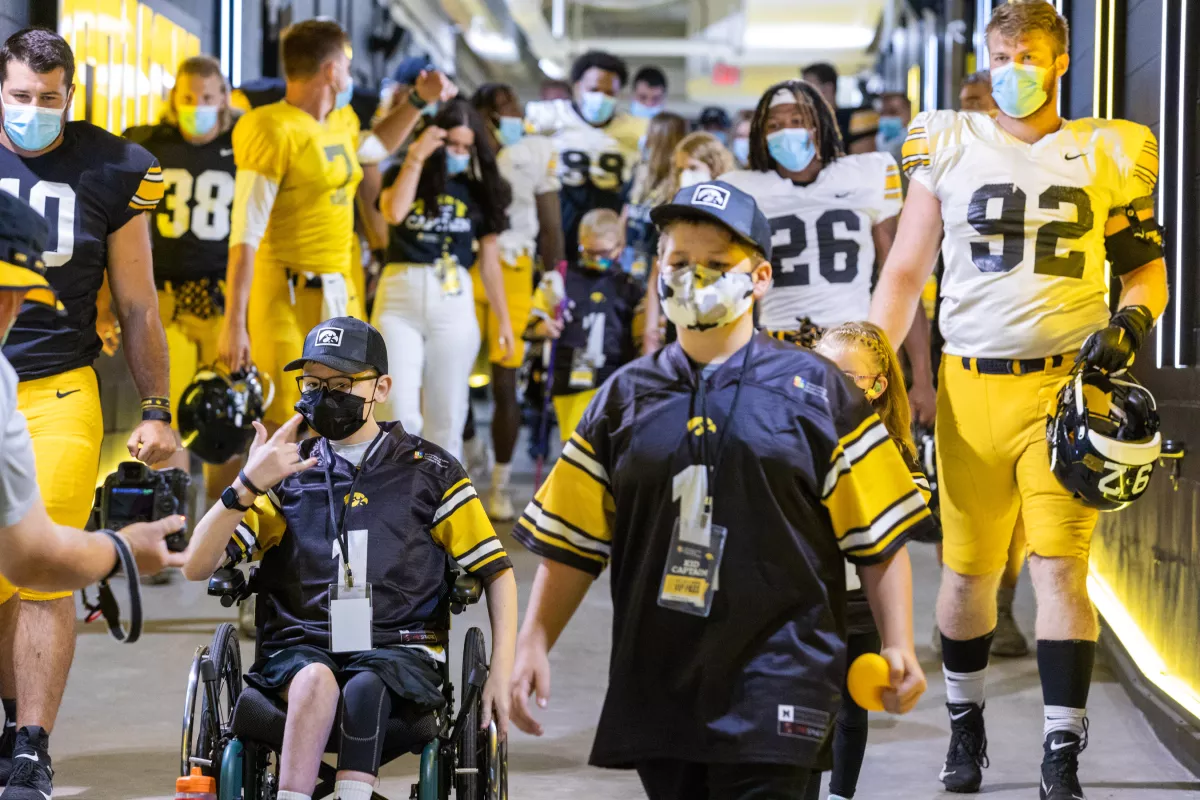
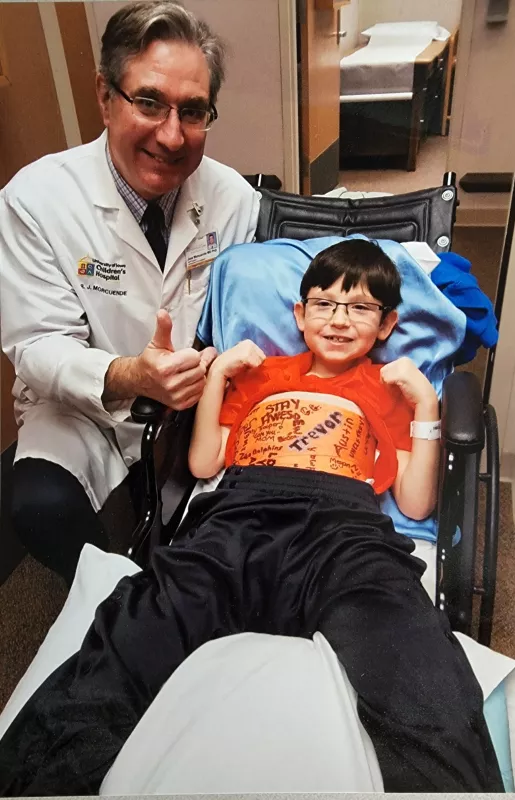
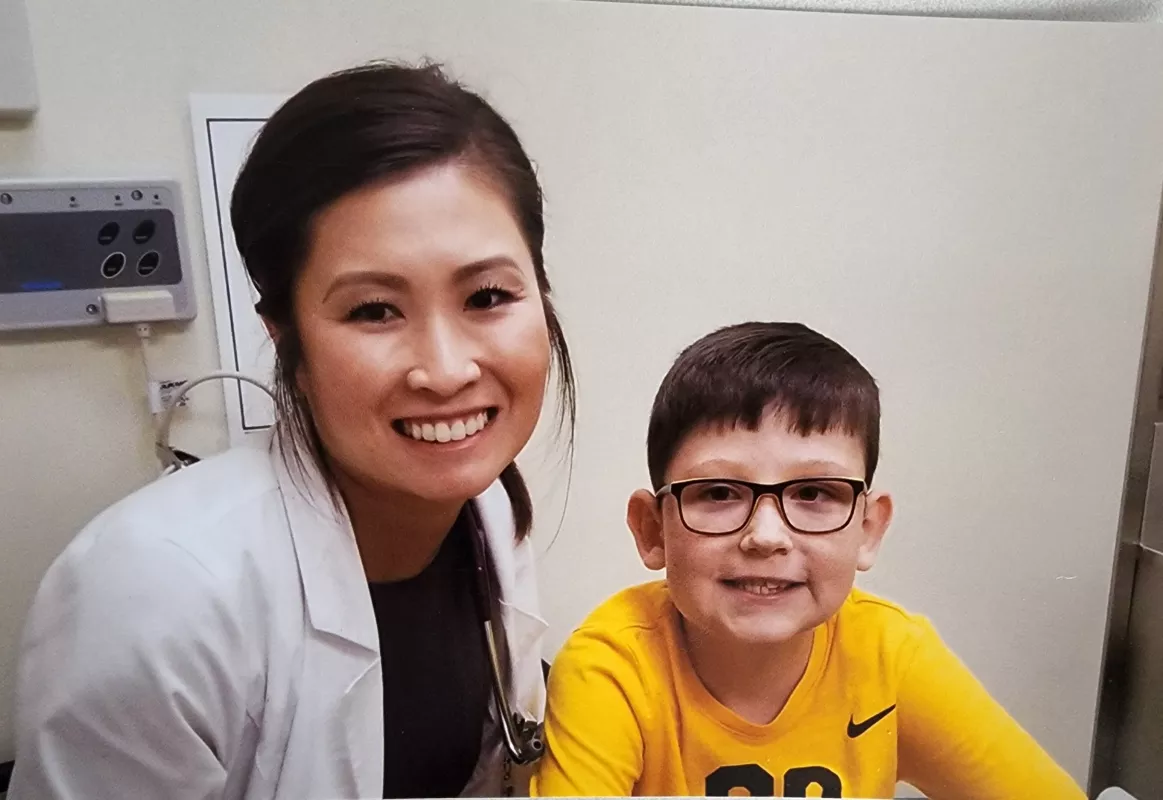
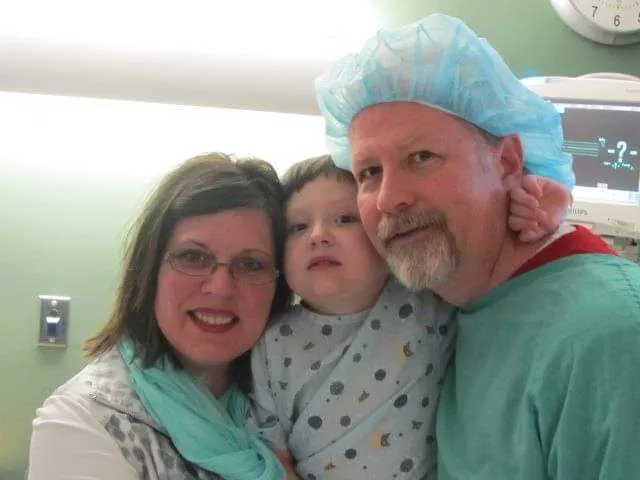
“Helping Adam navigate through his shoulder and back pain, teaching him breathing techniques for his anxiety, and getting Adam back on track with going to school was a huge accomplishment,” she says.
Now a sophomore, Adam likes pro wrestling, TikTok, video games, the Miami Dolphins, and anything Iowa Hawkeyes. He is an avid football card collector, participates in choir and wheelchair track, and has been high school basketball and football sports manager.
Patient Stories

